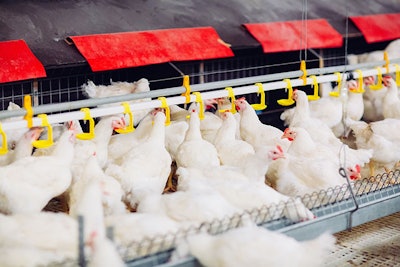
RCL Foods of South Africa is taking steps to form Rainbow, a standalone company that will involve RCL’s poultry and animal feed businesses.
The company offered details the plan in its recently released 2022 annual results announcement. In the announcement, RCL stated that during the past 12 months, “an extensive process has been followed to establish Rainbow as a standalone entity.”
Part of that process included creating a separate legal entity for Rainbow, and exiting the RCL Foods shared services platform and devising an execution plan for the final separation phase. A target date for the separation has not yet been scheduled.
“Although there is still some way to go before it will be ready for a full separation, Rainbow is making good headway as it continues to focus on its turnaround strategy,” the company stated.
The company further stated that Rainbow’s strategic intent is “to deliver a sustainable operating profit margin and be the number one integrated chicken company in South Africa for both its customers and consumers.”
Financial results
In the same announcement, RCL reported that the revenues for the poultry and feed business increased 10.1% when compared to the previous fiscal year, ending a recent downward trend.
Both fiscal years concluded in June.
“The latest outbreak of AI (avian influenza) was successfully navigated through the purchase of surplus eggs, and this assisted Rainbow to continue to honor its commitments to contractual customers. The AI impact for the year was ZAR86 million (US$5.02 million),” the company stated. “The Rainbow business remains alert for further outbreaks which are currently prevalent in Europe and America, and contingency plans are in place.”
“In the feed business, external Epol and Driehoek volumes were subdued in an over-capacitated local industry. High commodity prices also created significant margin pressure.”





.jpg?auto=format%2Ccompress&fit=crop&h=167&q=70&w=250)












